
What wild baboons can teach us about aging
For 50 years, researchers in Kenya have studied more than 1,500 baboons across eight generations. What they’ve learned could apply to our lives, too.
Olduvai the baboon was minding his business in the savannas of Kenya’s Amboseli basin when he suddenly dropped to the ground, a small tranquilizing dart having found purchase beneath his fur. None of his fellow baboons noticed; the person quickly lowering the blow gun saw to that. A few hours later, Olduvai would be released—unaware of the contribution he had made to our understanding of aging.
Once a year, a team of U.S. and Kenyan scientists spends 10 days tranquilizing a total of 20 baboons in the areas in and around Amboseli National Park, under the supervision of veterinarians from the Kenya Wildlife Service. The researchers are extremely careful about which baboons to dart: no visibly pregnant females, no lactating mothers, and almost never juveniles. Baboons are darted only when they’re alone and other baboons are looking the other way. Why go through this elaborate process? The answer is simple: data, and lots of it. While the animals are sedated, researchers quickly take measurements and collect blood and skin samples that will be used to scrutinize the baboons’ DNA for signs of premature aging and many other biological details. “The whole challenge of studying a population like this is trying to understand what’s happening under the skin,” says Duke University evolutionary biologist Susan Alberts.
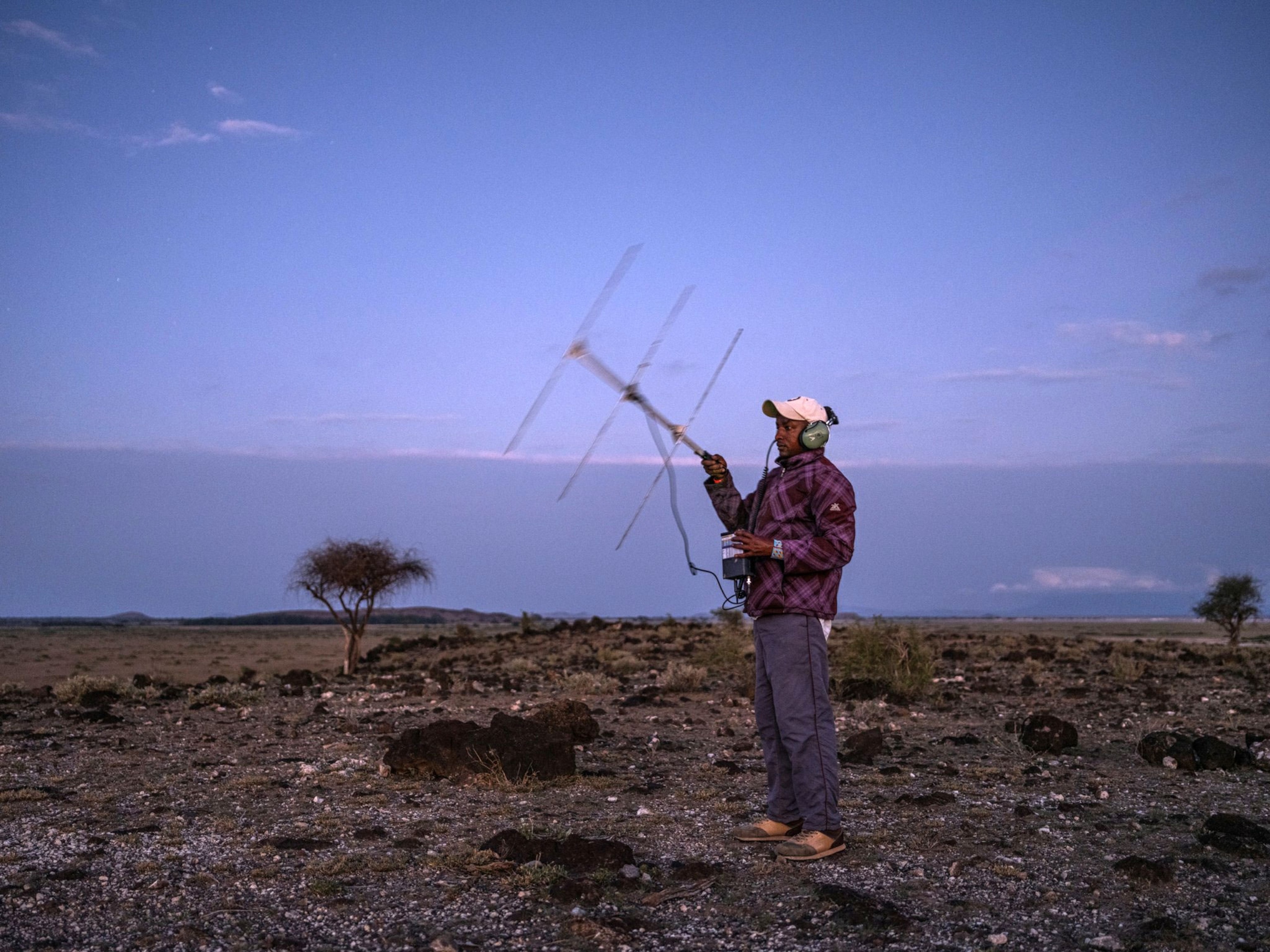
The samples form just one part of the Amboseli Baboon Research Project (ABRP): a staggeringly ambitious long-term study of wild baboons that tracks how their life histories and health intertwine. The project’s torrents of data have let Alberts and her colleagues see the lifelong shadow of adversity early in life, as well as the protective effects of strong social ties.
“They have enemies, they have friends, these relationships can last years—but we can observe them at a fine-grained scale that would be impossible for humans,” says ABRP co-leader Jenny Tung, an evolutionary biologist at the Max Planck Institute for Evolutionary Anthropology in Leipzig, Germany.
For decades, scientists have tried to tease out how adversity in early life and social bonds in adulthood can affect our health and lifespan by surveying large numbers of people over many years. But as useful as these studies are, they’re imperfect. For one reason or another, people drop out. Surveys go unanswered. People must remember and accurately report what they do. And it can be hard to track the same people over decades—let alone their children. At Amboseli, by contrast, professional observers have cataloged the behavior of baboons—births, deaths, grooming, fights—six days a week since the early 1980s, with some records going as far back as 1971. “We can go back and say, Hey, is what happened in 2020 the same as what happened in 2009 and 1989 and 1979?” says ABRP co-leader Beth Archie, a biologist at the University of Notre Dame.
Though humans are more closely related to the great apes such as chimpanzees and gorillas than to baboons, baboons are still excellent points of primate comparison. Like humans, baboons are generalists, capable of living everywhere from forested areas to near-desert. (The savannas around Amboseli National Park get only about 14 inches of rain each year.) And like humans, baboons are extremely social with other members of their species. They also have a complex social structure, with males and females responding to different kinds of social pressures and hierarchies.
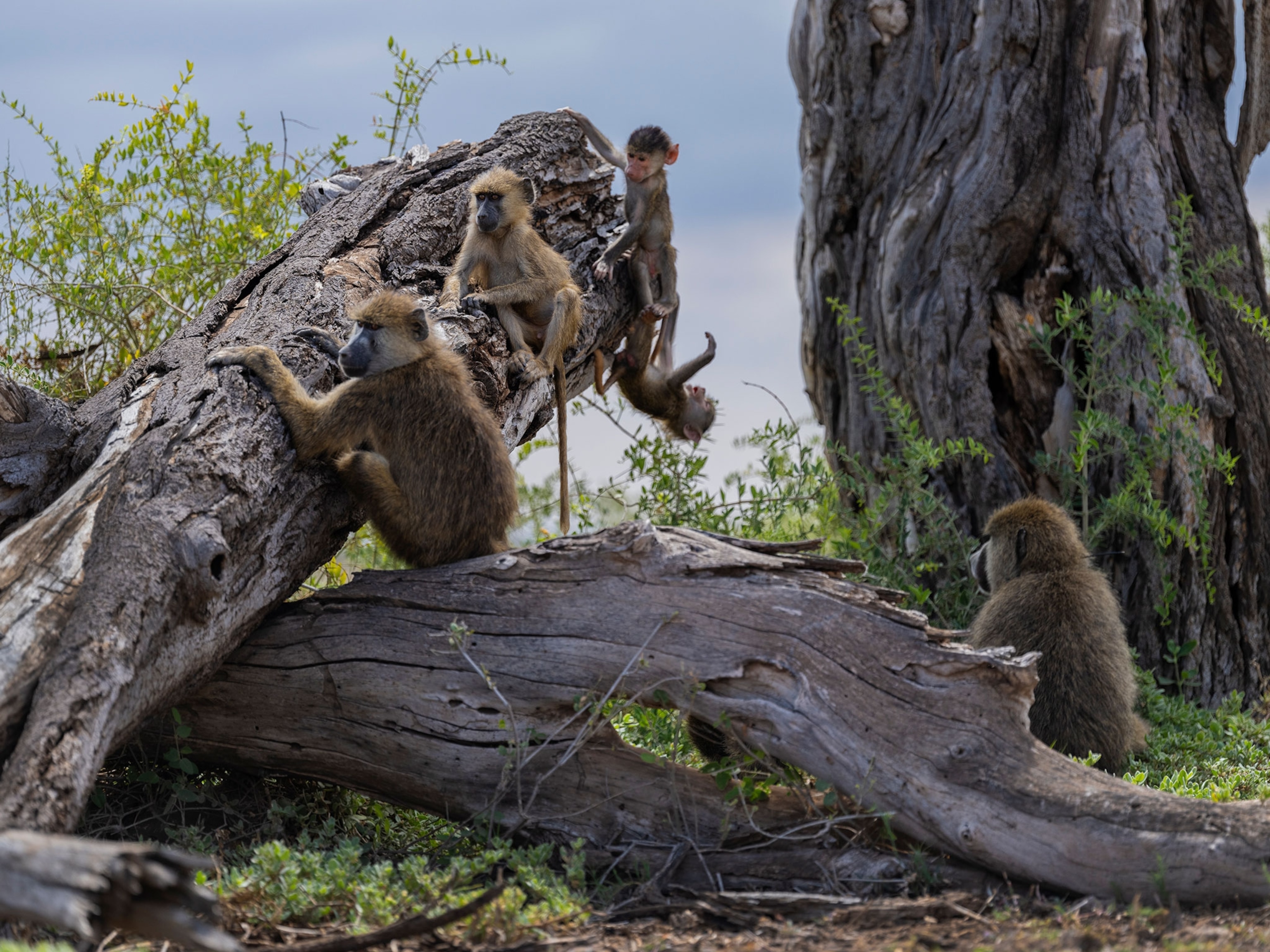
Unlike humans, though, baboons offer researchers the ability to watch life on fast-forward. Female baboons mature around the age of four, have their first births around the age of six, and die by the age of 27 if they make it to adulthood (the average adult lifespan is 18). So far, the Amboseli team has meticulously documented the lives of more than 1,500 baboons across eight generations, with the ninth starting to be born now.
“What makes Amboseli special,” says Tung, is “knowing these individuals and watching them from cradle to grave.”
A multigenerational study
The project’s roots go back to 1963, when biologists Stuart and Jeanne Altmann visited a game reserve that’s now Amboseli National Park to scope out baboon populations for Stuart’s research on primate communication. In 1971, the pair returned to Amboseli and began studying the ecosystem in depth, focusing on baboons that lived on communally owned Maasai lands.
To the pastoralists observing the Altmanns, their fascination with baboons was bizarre, as the primates were often considered pests. “The local Maasai, for a long time, were very puzzled by what we did,” says Jeanne Altmann, now an emeritus professor at Princeton University. “They said: You are like us, you just follow animals around all day, but you have poor taste.”
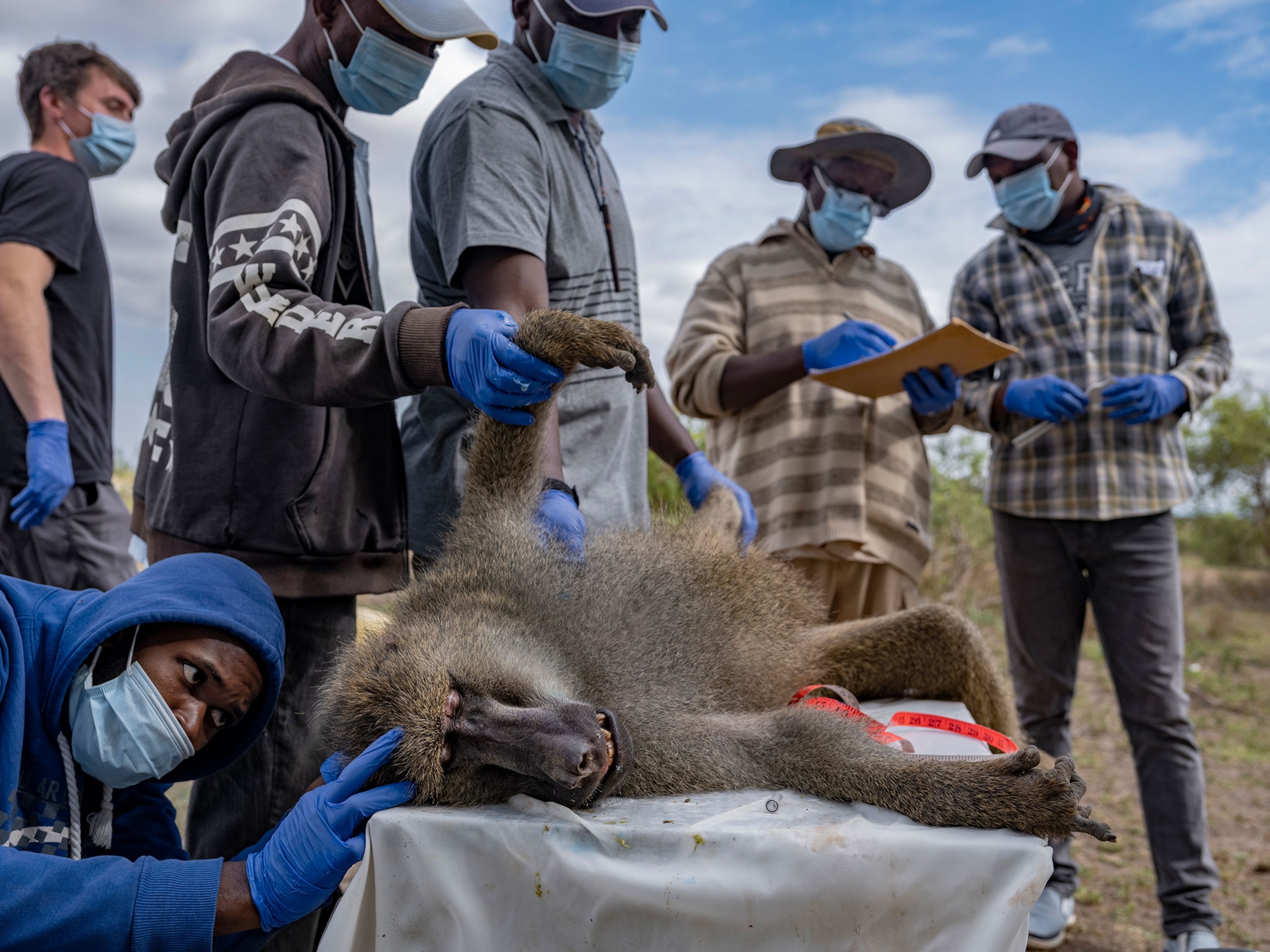
By the early 1980s, Stuart—who had shifted to studying baboons’ nutrition—had collected all the data he could ever want or need, and Jeanne was becoming interested in how baboons’ lifetime experience shaped their development and health. In 1983, right around when Jeanne began thinking deeply about the possible payoffs of a truly long-term study, an undergraduate student named Susan Alberts joined the project for a year. Alberts returned to do her Ph.D., and she never left, having helped lead the Amboseli project for decades.
“It was clear to me that the only way that [long-term study] would happen was if the project didn’t end with one person’s career,” Altmann says. “People thought I was crazy, and people thought Susan was crazy.”
Altmann and Alberts’s work eventually led to an Amboseli dataset named BABASE, which stretches back decades. To expand the dataset, ABRP observers regularly go out and collect basic demography data: births, deaths, and the flow of baboons to and from Amboseli’s five social groups.
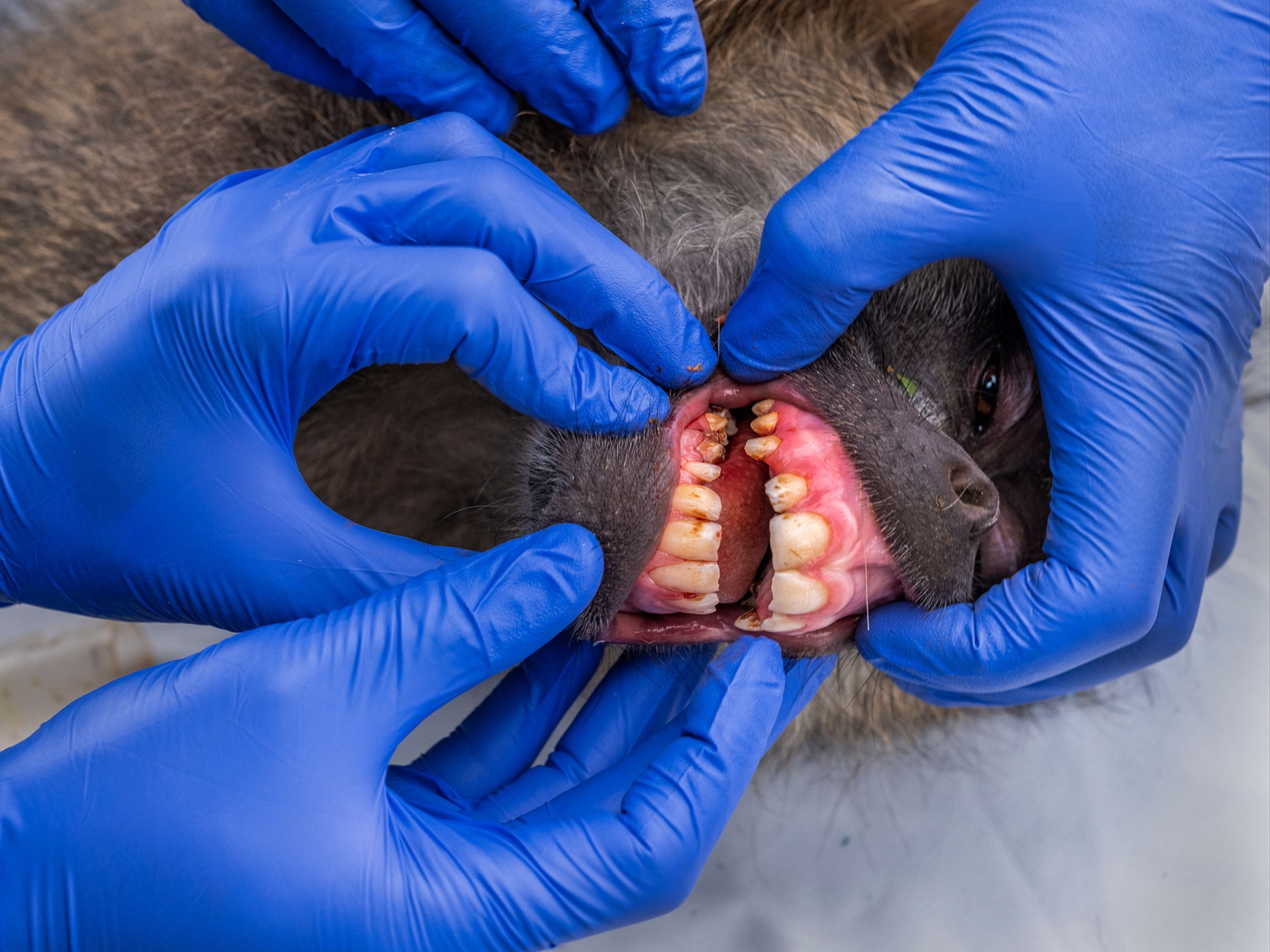

The team also keeps detailed records of the baboons’ social lives. Which baboons groom each other, and how often? What is the pecking order among the males? Where within the Amboseli ecosystem does a given social group range? Collecting the data takes professional skill: Aside from the occasional broken tail or distinctive fur color, there’s no easy way to distinguish individual baboons aside from hard-won practice. The ABRP’s senior observer and onsite project manager, Raphael Mututua, has been working for the project since 1981. He and his colleagues “always start active, but by the end of the day you’re tired,” he says in an email.
With records from Mututua’s team at their disposal, ABRP researchers have made inroads into understanding baboon social lives, including the life-sustaining benefits of deep ties. In 2014, the team showed that female baboons that have more and closer social ties enjoy longer lives than those with sparser social connections, mirroring similar patterns seen in human studies.
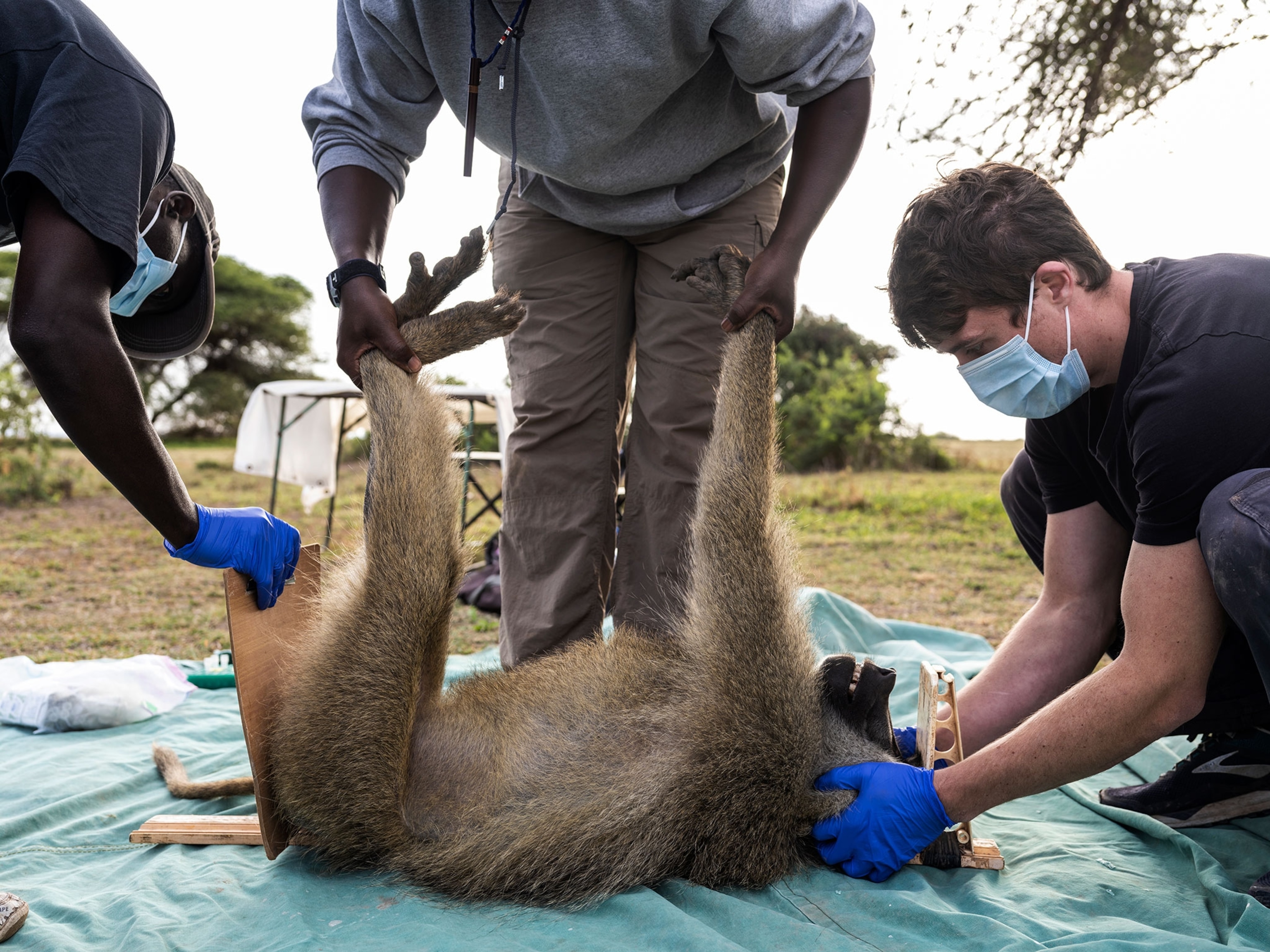
Amboseli also lays bare just how early adversity can haunt a baboon for the rest of its life, as the research team showed in a landmark study published in 2016 in the journal Nature Communications. Using data from 196 female baboons, the team showed that female baboons experiencing three or more “adverse events” in their youth—drought during the first year of life, perhaps, or a mother’s untimely death—lived a full decade less than baboons born with Amboseli’s equivalent of silver spoons in their mouths. The upshot of these results, Alberts says, is that Amboseli’s baboons “might be a really good emerging model of human social effects on aging.”
The protective effects of a healthy childhood appear to extend to fertility, too. A 2015 study observed that when Amboseli’s female baboons are born during drought years, they suffer bigger drops in fertility during droughts than baboons that had grown up when times were good.
The team’s records are so detailed, in fact, that researchers can begin to tease out how a baboon’s childhood affects its social life in adulthood—and how both can contribute to lifelong health.
In a study that was posted online in September before it was peer-reviewed, a team led by Duke researcher Elizabeth Lange found that among 199 female baboons, both early-life adversity and adult social bonds had independent effects on the baboons’ survival. And while early-life adversity can worsen adult social bonds with females, it has little effect on bonds with males. What’s more, the preprint finds that building strong social bonds in adulthood can help protect against the negative effects of early hardship. Among the 38 females that had lost their mothers before the age of four, those with strong social bonds as adults survived longer more often than those that did not.
Connecting social life to DNA
For all that demographic and behavioral data have enriched our view of Amboseli, it’s just one slice of a bewilderingly large pie. Researchers in the U.S. and Kenya have dreamed up a vast range of scientific techniques for studying the baboons—including what Alberts calls Amboseli’s “fecal alchemy.”
Over the years, Alberts and her colleagues have figured out how to measure the stress a given baboon has experienced over the past 12 to 24 hours by measuring the quantity of glucocorticoids, a type of stress hormone, in each baboon’s poop. In addition, Alberts’s lab has refined a technique for running paternity tests off fecal DNA. Male and female baboons both take multiple mates, so from the outside looking in, it can be tough to determine a baboon’s father. But thanks to the transformative power of fecal DNA, the Amboseli team showed in 2003 that adult male baboons can tell which offspring are theirs and defend them in fights.
In addition, blood samples obtained via darting have revealed insights into baboons’ health and aging. In one 2021 study, Tung and her colleagues trained a computer model to correlate baboons’ ages with the presence of certain chemical tags on the baboons’ DNA that build up with stress and time. By combining the genetic data with behavioral logs, Tung and her colleagues showed that the DNA of male baboons at the top of the social hierarchy looked older than the males’ calendar ages would suggest, providing a new line of evidence that being a high-ranking male makes for hard living.
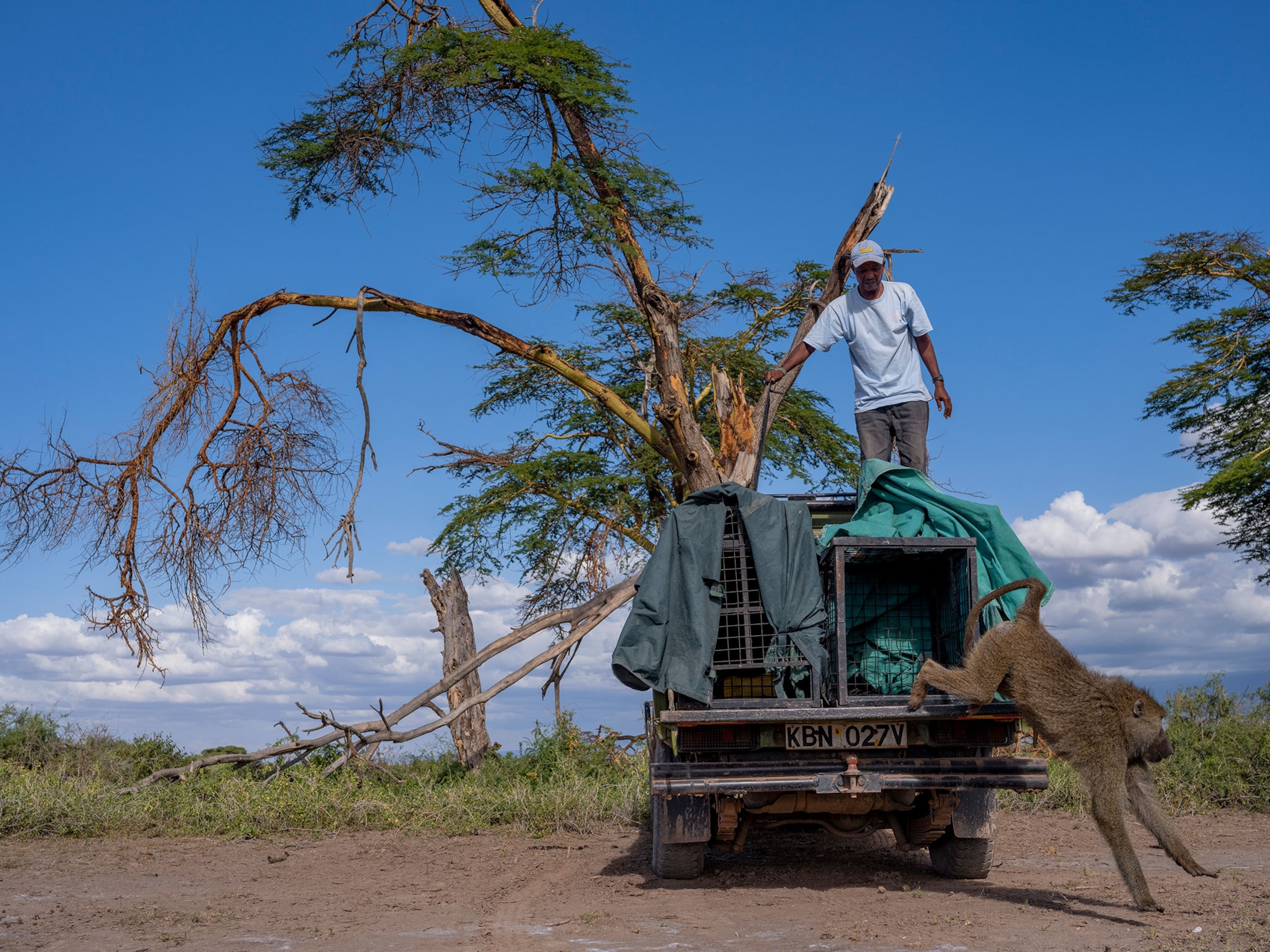
Archie, the Notre Dame biologist, has pioneered studies of the Amboseli baboons’ other DNA: the genomes of the many microbes that live in and on the baboons. In 2015, Tung, Archie, and their colleagues confirmed something that may sound intuitive but is fiendishly difficult to test in practice: that baboons that socialize more closely—by grooming each other more often—tend to have more similar microbiomes than more estranged baboons do. That result holds even after accounting for baboons living in the same place, eating the same things, or being related to each other.
The advances don’t stop there. In a two-year pilot program funded by the U.S. National Institutes of Health, Archie is working with Kenya’s Institute of Primate Research to develop a quick, safe way to implant paperclip-sized heart rate monitors into wild baboons. The devices, originally made to monitor human hearts, record heart rate every two minutes—which could give researchers an unprecedented look at how baboons react to stressful situations.
Alberts says that in human studies, people whose heart rates vary from situation to situation adapt better to stress. She and her colleagues, including Archie, want to test whether the same holds in baboons. But unlike in humans, the Amboseli team would be able to account for the animal’s life experience all the way back to birth.
“We’re hoping that this will really give us a fine-grained view,” Archie says. “As the animals are moving throughout their day—being chased by a predator, running across a person herding goats, or having a fight with another guy—what is it that’s actually causing them stress, and how does their early life experience shape that response?”
A gamble pays off
Though the project has survived more than 50 years, its prospects for its next 50 depend on the wider world. The land around Amboseli National Park had been collectively owned by Maasai, but now this arrangement is giving way to subdivisions, which will alter how the baboon populations move and feed. East Africa is also experiencing severe droughts, which is leading to higher rates of death and miscarriage among the baboons. Human population growth will apply new pressures to the ecosystem, as will changes in East Africa’s weather brought about by manmade climate change.
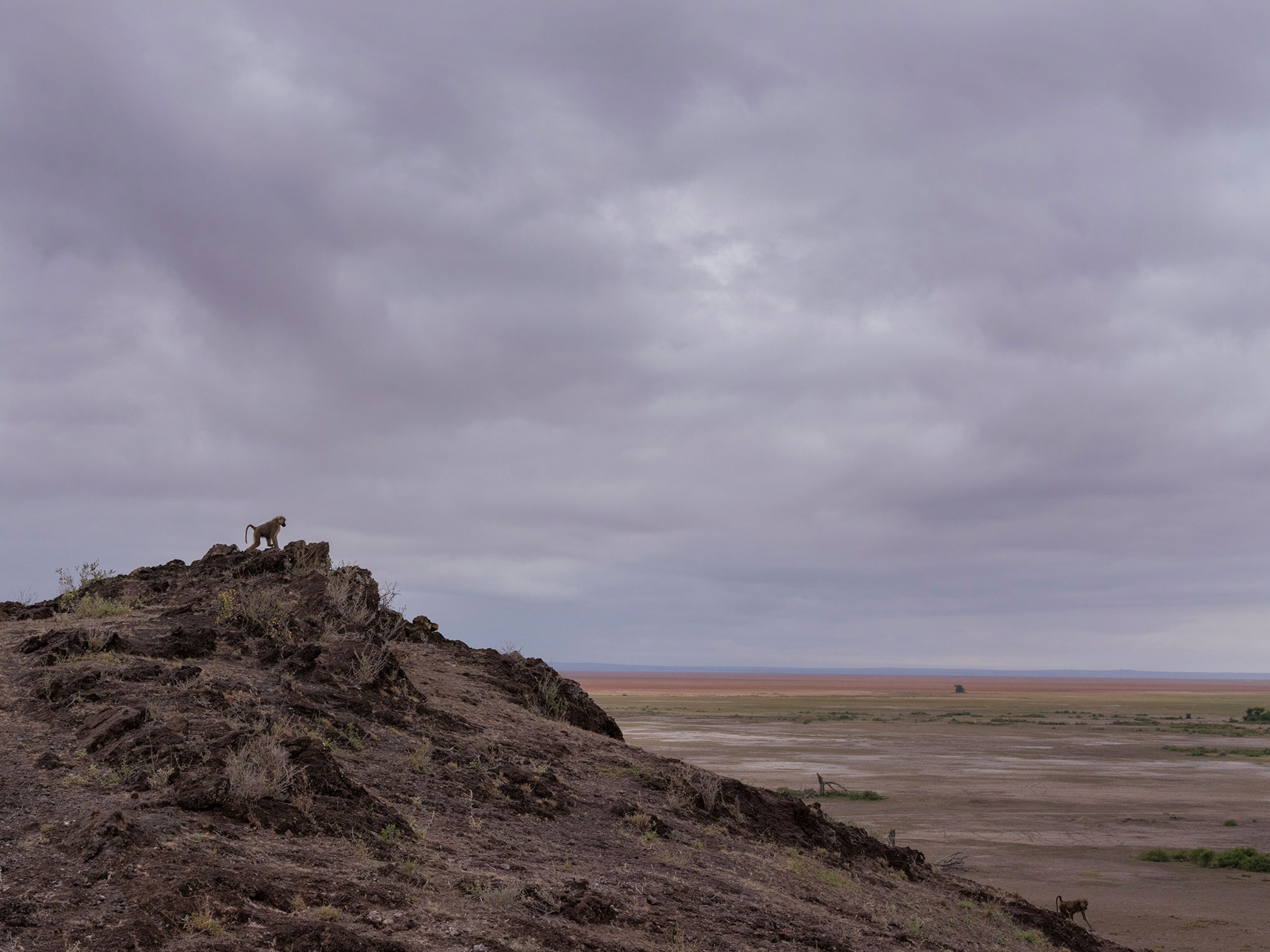
Although the future is uncertain, there is one constant: a multigenerational passing of the torch. Tung and Archie both completed their Ph.D. degrees under Alberts and have stuck with the project for years, two stars in a broader constellation of U.S. and Kenyan academics who came up through the ABRP as students. The team describes it as more than a research project: It’s a calling, a marriage, a cherished pet that needs constant feeding and care. “It will go far, as I have seen it growing,” Mututua says in an email.
“Sometimes the toll feels great, and you can feel that acutely, but at other times, the reward feels great, and that is at the forefront of your mind,” Tung adds. “I am so grateful for the opportunity to be part of this project. It’s such an intrinsic part of my life, it’s hard for me to imagine what I would have done differently.”
And for Jeanne Altmann, who started it all more than half a century ago, the project’s ongoing work has surpassed her wildest expectations. “I’m thrilled,” she says. “It’s the realization of a gamble.”








